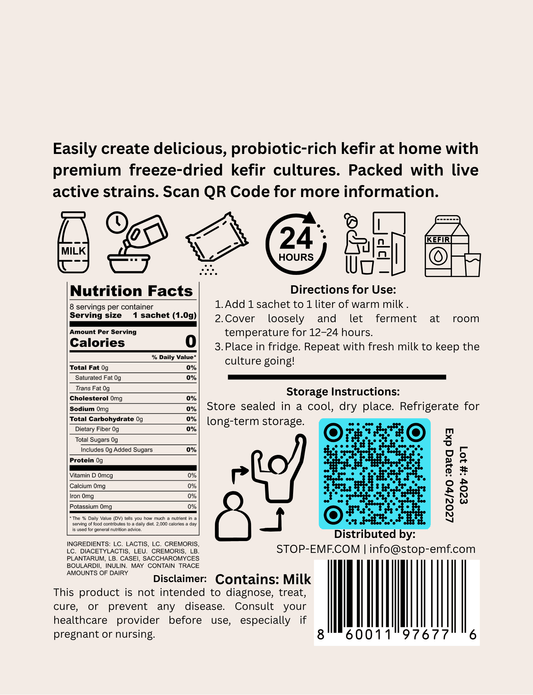In the ever-evolving landscape of mental health treatments, researchers have long been intrigued by the potential of unconventional compounds to alleviate the burden of depression. One such compound that has captured the attention of the scientific community is methylene blue - a versatile dye with a rich history in the medical field. As we delve into the early research on the antidepressant potential of methylene blue, we uncover a fascinating story that holds the promise of new hope for those struggling with mental health challenges.
Methylene blue, a compound with a distinctive blue hue, has been used in a variety of medical applications for over a century. From its use as a treatment for cyanide poisoning to its role in diagnosing certain medical conditions, this remarkable substance has demonstrated its versatility time and time again. But in recent years, researchers have begun to explore a new frontier - the potential of methylene blue to alleviate the symptoms of depression.
The early research on the antidepressant effects of methylene blue has been both intriguing and promising. Studies have suggested that this compound may possess the ability to modulate neurotransmitter systems in the brain, particularly those involved in the regulation of mood and emotional well-being. By targeting pathways related to serotonin, norepinephrine, and even glutamate, methylene blue may be able to exert a positive influence on the neurochemical imbalances often associated with depression.
Moreover, the neuroprotective properties of methylene blue have also been a subject of interest. Some researchers believe that this compound may have the potential to protect and even enhance the function of mitochondria, the powerhouses of our cells. This could have significant implications for individuals struggling with depression, as impaired mitochondrial function has been linked to the development and progression of mood disorders.
As the scientific community continues to delve deeper into the antidepressant potential of methylene blue, the possibilities for new and innovative treatments become increasingly exciting. While much work remains to be done in terms of clinical trials and further elucidating the underlying mechanisms, the early insights have sparked a renewed sense of optimism in the field of mental health research.
It's important to note that the use of methylene blue as an antidepressant is still in the early stages of exploration, and individuals should always consult with their healthcare providers before considering any new treatment options. However, the potential of this remarkable compound to offer a new avenue for addressing the challenges of depression is undeniably intriguing, and the future holds the promise of even more groundbreaking discoveries.
As we continue to navigate the complex and ever-evolving landscape of mental health, the story of methylene blue serves as a reminder that sometimes the most promising solutions can be found in the most unexpected places. With continued research and a commitment to innovation, the antidepressant potential of this remarkable compound may one day become a reality, offering new hope to those in need.






